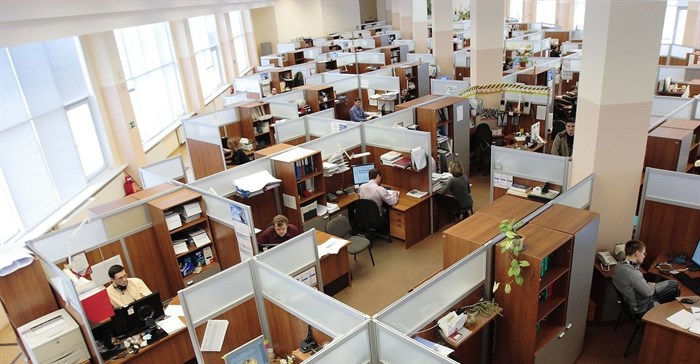If your brand is going to deliver on the brand promises it makes, your company needs to take care of what's going on behind the bright shiny facades of your shopfronts and corporate HQ. Our research has revealed a clear link between healthy workplace culture and working spaces, and the impacts that these have on healthy brand reputations and business results.
Brand management today extends well beyond a company logo and corporate identity guidelines. Every touchpoint impacts a customer’s experience of a brand and builds (or undoes) trust in the brand promise. It’s not always in the obviously visible touchpoints that a brand experience is made or broken, such as reception areas and presentation rooms, but rather the intrinsic values that are expressed through employee interactions with your brand.

Jonathan Hall
In today’s highly digitally connected, always-on world, brand image and reputation can be damaged without much detection. Despite the way that workspaces may look, employees’ growing frustrations within their working environment are finding their way down ordinary telephone lines, into inboxes, and onto pages without check.
Research conducted by the Gallup Group shows that workplace culture and the workspace in which employees’ function combine to impact employees’ work behaviour very profoundly. It also shows that almost two thirds of employees are disconnected from their company’s brand purpose and dislike their current workspaces.
These include an inability to concentrate on work due to continuous disturbances, or workspaces that are not designed to support the way people actually work, rather just housing people at the lowest possible cost. Many say that their workspaces show little value or care for the people that work in them, while most staff don’t think that their workspaces offer the flexibility of space that the stretched modern multi-taskers need.
And, truth be told, how can you possibly expect anyone working under those conditions to deliver what their employer’s promise to their customers? Because the modern workspace and workplace culture is inarguably responsible for the chemistry that seeps into the brand so profoundly, it’s crucial that brand custodians appreciate how workplace design impacts the brand – and the people behind it.
Workspace neuroscience is increasingly linking bad workplace layout with low human performance, poor productivity and lacklustre business results. The latest findings show how powerfully the workspace impacts the heads, hearts and hands of staff – the same staff that organisations count on to present a differentiated experience of their brand to clients.
For example, the norm of sustained work pressure, an inability to focus and concentrate, limited opportunities to collaborate, the drain of always-on technology, and management by fear all combine to cause high levels of cortisol in the average worker’s body.
Cortisol is the neurotransmitter that helps humans to respond to spikes of danger and stress, and while it may save you in a short-term life-threatening situation like a hijacking or a lion attack, sustained cortisol depresses the human auto immune system. This causes energy to drop, and stifles inspiration and creativity – dragging the customer’s experience of the brand in the wake of the employee’s disconnect with the brand in their workplace. You and your people may not be being chased by a lion, but your business is going to be dead in the water if you keep your workers operating under these conditions.
The research emphasises that brands need to design workspaces that harness positive neurotransmissions, because humans respond to pleasurable experiences - and pleasurable working environments. Positive environments produce dopamine, a natural hormone that makes people seek out the meaning, purpose and recognition that drives them to succeed.
Similarly, a good mood and happiness in the workplace stimulates the natural production of serotonin. This, in turn, stimulates memory and learning, and drives creativity and innovation – all attributes that brand owners and marketers want to be driving in the people taking their brand to market.
The modern workspace is the proxy of enterprise culture, reflecting the values and ethos that staff carry out into the world. Workspaces that reflect positioning, personality and brand attributes ensure that workers experience and live the brand. When this happens, workers convey the brand and its values on obvious and subliminal levels, reaching customers’ heads and hearts, and creating strong and enduring relationships – the things of which branding and marketing dreams are made.





































